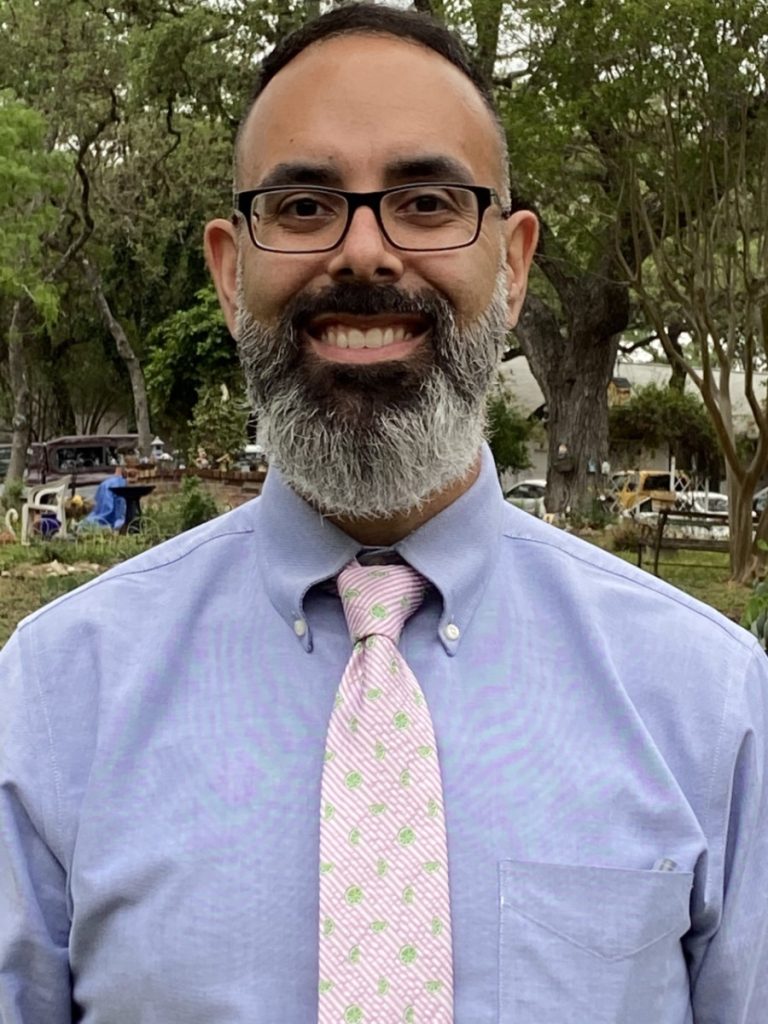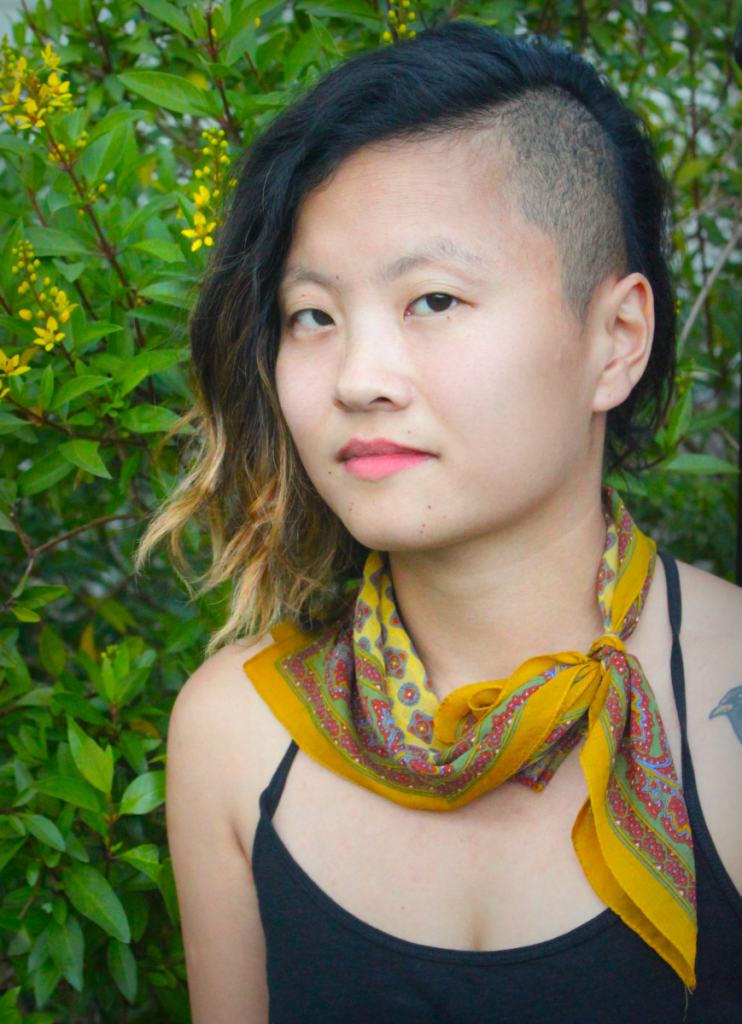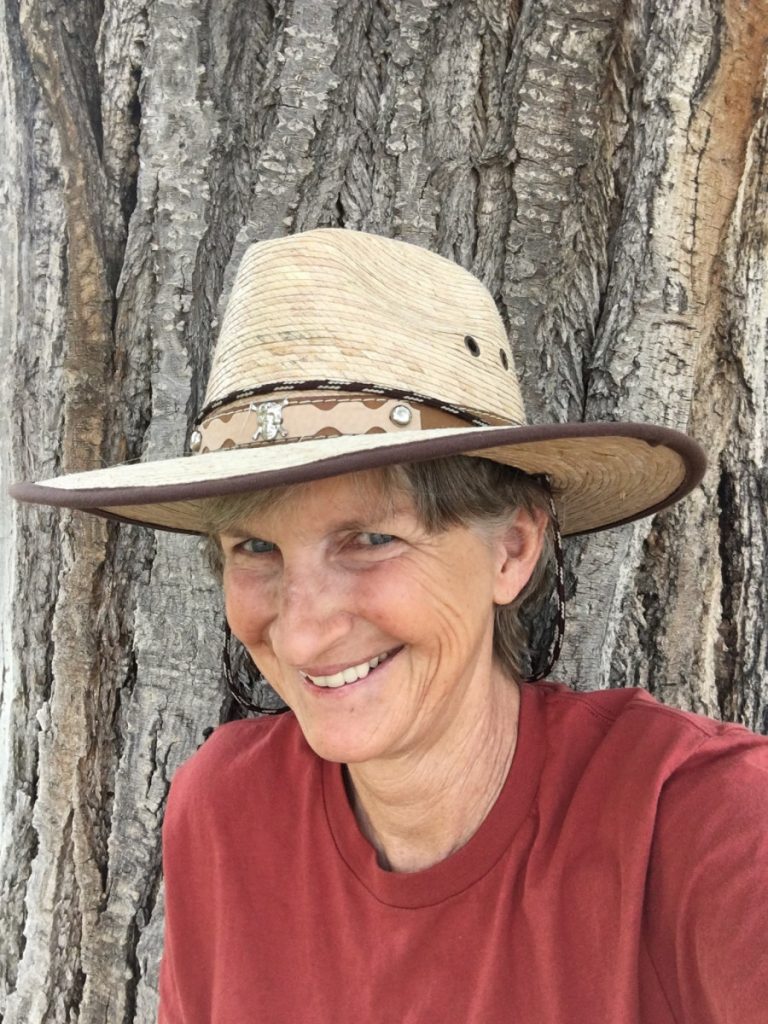
“What obsessions are my fellow writers pursuing? How are others using language as a means to discover and question the world around them?”
Tell us a little bit about yourself. Where are you from and what do you do when you’re not reading for NER?
My calling is to help young people act upon their humanity by cultivating their intellectual and emotional lives. As a high school English teacher and director of the creative writing and literary magazine program at Alamo Heights High School in San Antonio, Texas, I daily get to see my students grow in their awareness of themselves and the larger world they are coming into. My life is pretty rich: teacher, poet, husband, father. These roles intersect into what I know is a rare life, one in which my labor, passion, and love all inform one another.
What made you decide to be a reader for NER, and how long have you been on staff?
On the advice of my mentor and friend Matthew Olzmann, I got in contact with Jennifer Chang to see if I was a good fit to read for NER. I felt my love for reading poetry coupled with my desire to amplify great work by new and established writers might fit into the ethos of NER. I also wanted to be a reader for NER in order to grow my understanding of the larger conversation happening in poetry at this moment in time. What obsessions are my fellow writers pursuing? How are others using language as a means to discover and question the world around them? These questions interest me greatly, and now, nearly a year into my tenure, I can honestly say that my perspective and appreciation of the work my fellow poets are putting into the world has deepened me in ways large and small.
Have you ever read a submission that later got selected for publication?
I have not yet read a submission that later got selected for publication, but I can say that many of the works I’ve read during my time at NER have left me filled with wonder and that stillness that only good poetry can elicit. I’ve had many wonderful conversations with Jennifer about great pieces throughout my time at NER.
What is your reading process like? What do you look for in a submission?
My process is very measured because I feel this immense responsibility to read work carefully and deeply. It is insane to me that I get to have a hand in deciding what is and what is not published, so I usually read a submission two to three times to make sure I’ve honored the time and effort put in by an artist. Poems that resonate with me ultimately uncover further complication, nuance, or complexity. I love poems that investigate the relationship between the exterior and interior worlds we inhabit. Poems that utilize the music of language, the breath of the line, and the rootedness of concrete language as a way to invite the reader into active participation with the work also capture my attention.
Of the pieces you’ve read at NER—whether in the magazine or among the submissions—which was your favorite or most memorable to you personally?
The poem “Like a Wide River” by Paul Otremba is one of my favorite poems from NER in the last four years. There is such a beautiful dance between lineation, line spacing, image, and music in the piece; it is a wonderful fusion of content and form.
How has reading for NER influenced your own writing/creative pursuits?
A trusted poetry teacher of mine once told me that if I ever hoped to be a great poet that I must “daily participate in the life of poetry.” As I’ve thought about this advice over the years, I’ve come to realize that being a great poet is not about the number of publications, awards, or how well known one is a poetry personality; it is about how much one reads, takes opportunities to grow in one’s craft, writes when inspired and when it is just too hard, and, above all else, celebrates the larger community of fellows artists who are on a similar journey to you. Reading for NER allows me the opportunity to practice being a good literary citizen. It also inspires and encourages me to lend my voice to the larger chorus and, however big or small my part may be, appreciate the chance I have to sing within it.
What do you read for pleasure? Is there something you’re reading at the moment that you would recommend?
I love to read poetry, science fiction, political theory, and, as nerdy as it may sound, craft essays! Currently, I can’t put down Toni Morrison’s The Source of Self Regard or Jim Harrison’s The Essential Poems. In both books, I get to engage with the minds and hearts of two artists that are entirely original, fierce, and willing to use the platform of language to interrogate, dismantle, and help reshape the world around them.
Our staff readers, all volunteers, play an essential role in our editorial process and in our mission to discover new voices in contemporary literature. A full list of staff readers is available on our masthead.


